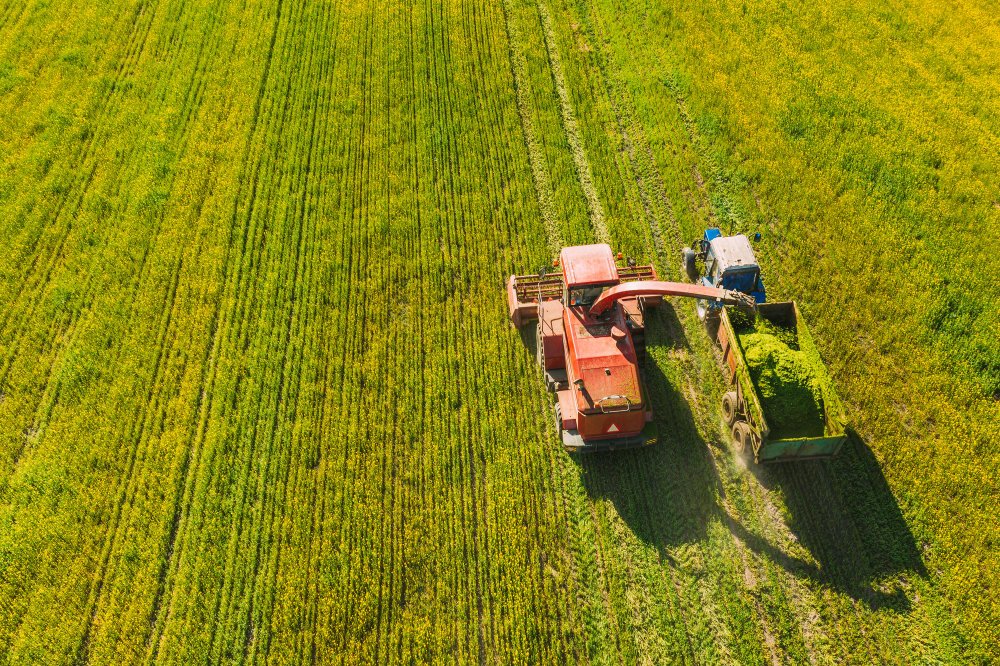Warning: foreach() argument must be of type array|object, bool given in /home/u780765189/domains/akshayseed.com/public_html/wp-content/themes/akshayseed/single.php on line 8
From Seed to Soil: A Comprehensive Guide to Crop Rotation for Soil Health
Healthy soil is the foundation of successful farming. Over the years, continuous cropping without proper management can drain the soil of nutrients, increase pests, and reduce productivity. This is where crop rotation comes in. By carefully planning which crops are grown season after season, farmers can restore soil fertility, improve yield, and reduce reliance on chemical inputs.
In this blog, we’ll take a step-by-step journey from seed to soil, exploring how crop rotation can build long-term soil health and boost sustainable farming.
What Is Crop Rotation?
Crop rotation is the practice of growing different types of crops in the same field across different seasons or years. Instead of planting the same crop repeatedly, farmers rotate crops based on their nutrient needs and benefits to the soil.
Example:
Year 1 → Legumes (beans, peas, lentils) to add nitrogen.
Year 2 → Cereals (wheat, rice, maize) to use nitrogen.
Year 3 → Root crops (potatoes, carrots) to break pest cycles.
Benefits of Crop Rotation for Soil Health
Restores Soil Fertility
Leguminous crops fix atmospheric nitrogen into the soil, enriching it naturally.
Reduces Pest and Disease Pressure
Continuous cropping attracts pests specific to one crop. Rotation breaks their lifecycle.
Improves Soil Structure
Different root systems (shallow vs deep) enhance aeration and prevent soil compaction.
Enhances Organic Matter
Rotation with cover crops adds biomass, improving microbial activity and humus content.
Optimizes Nutrient Use
Balances nutrient demand by alternating heavy feeders (maize, wheat) with soil-enriching crops (legumes).
Best Crop Rotation Patterns
Cereal–Legume Rotation
Three-Crop Rotation
Example: Maize → Soybean → Potato
Improves soil texture, nutrient cycling, and prevents pest build-up.
Four-Crop Rotation (Classical System)
Example: Root Crop → Legume → Cereal → Oilseed
Ensures maximum biodiversity and balanced soil nutrition.
Crop Rotation Tips for Farmers
✅ Always test your soil before planning rotation.
✅ Avoid repeating the same crop or crop family (e.g., tomato & potato are both nightshades).
✅ Include legumes every 2–3 years for nitrogen enrichment.
✅ Use green manure or cover crops to add organic matter.
✅ Combine crop rotation with mulching and compost for maximum soil health.
Long-Term Impact of Crop Rotation
Reduces dependence on chemical fertilizers.
Maintains consistent yields even in changing climate conditions.
Promotes sustainable agriculture and eco-friendly farming practices.
Conclusion
From seed to soil, crop rotation is one of the oldest yet most effective techniques for improving soil health. By diversifying crops season after season, farmers can ensure fertile soil, healthier crops, and sustainable productivity for generations.


